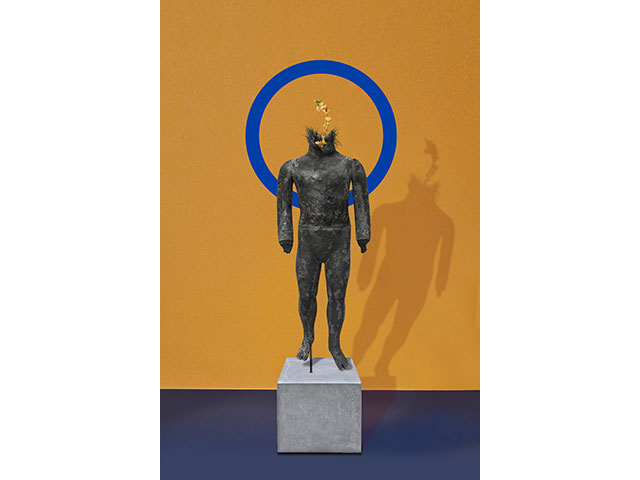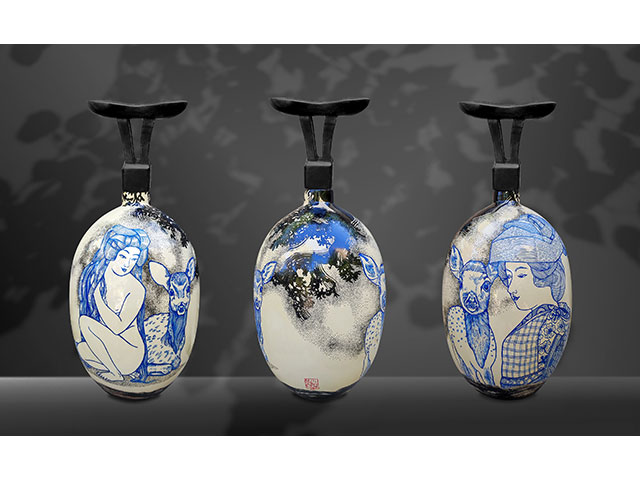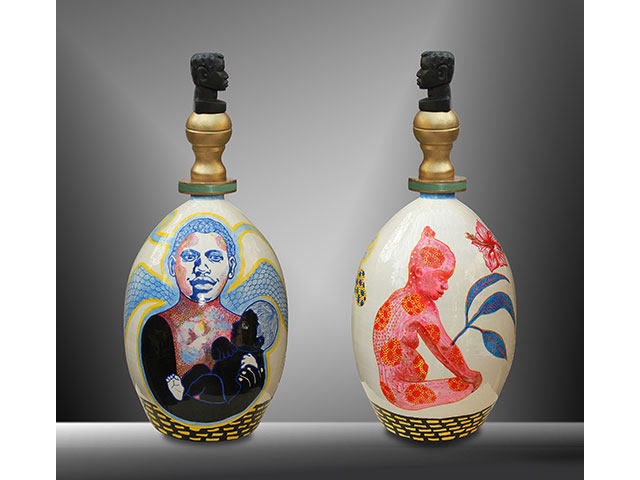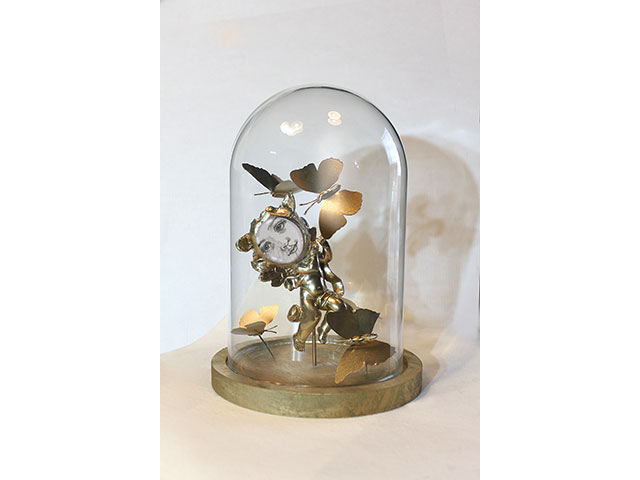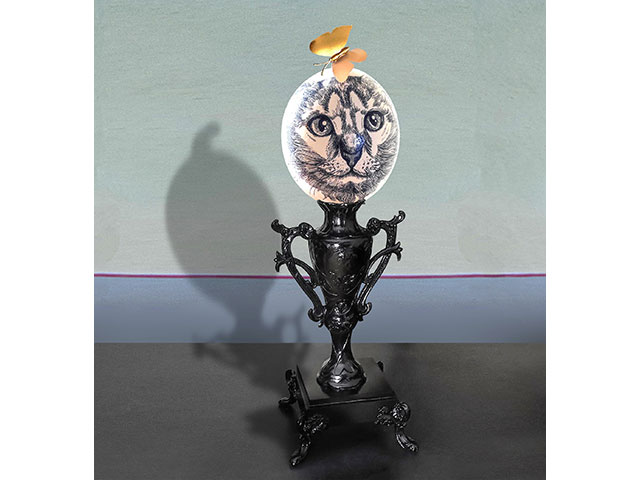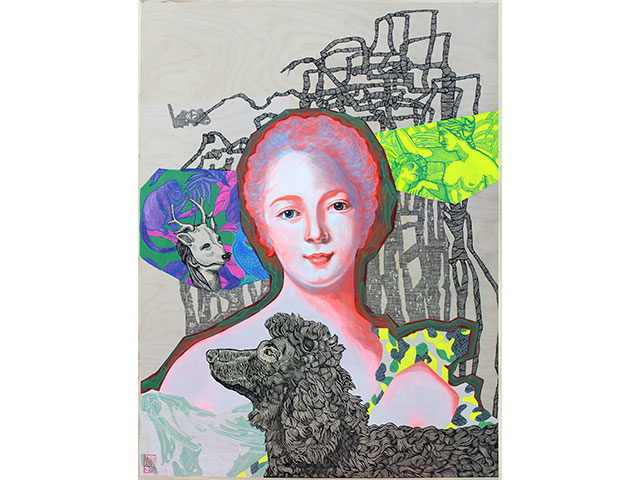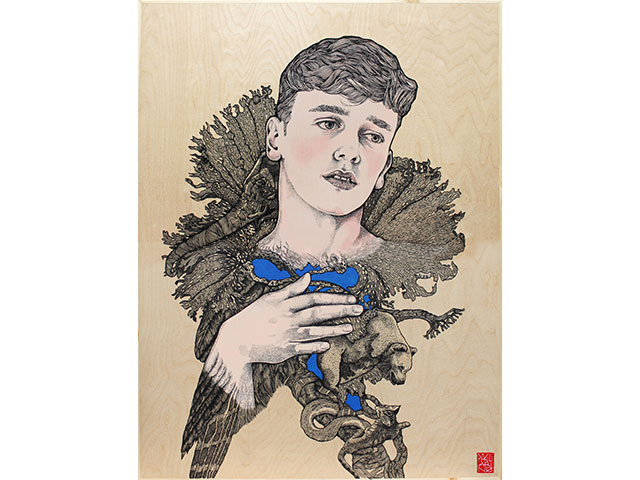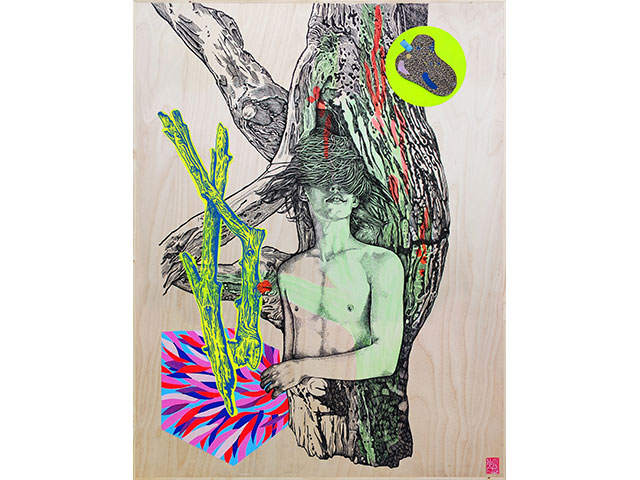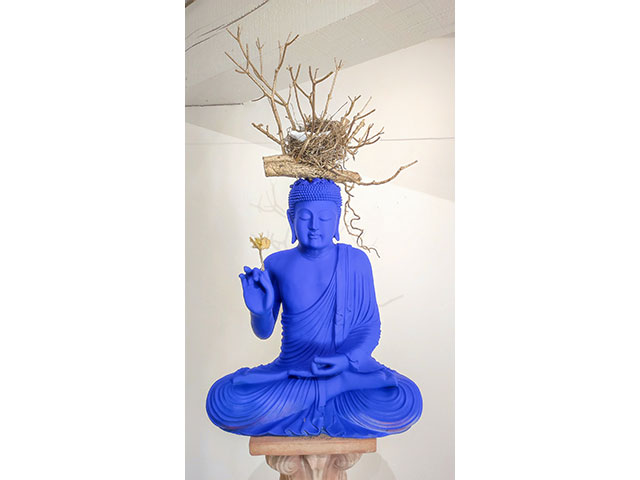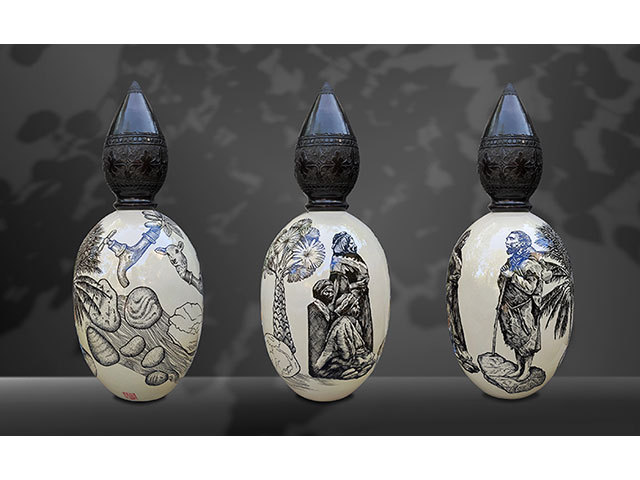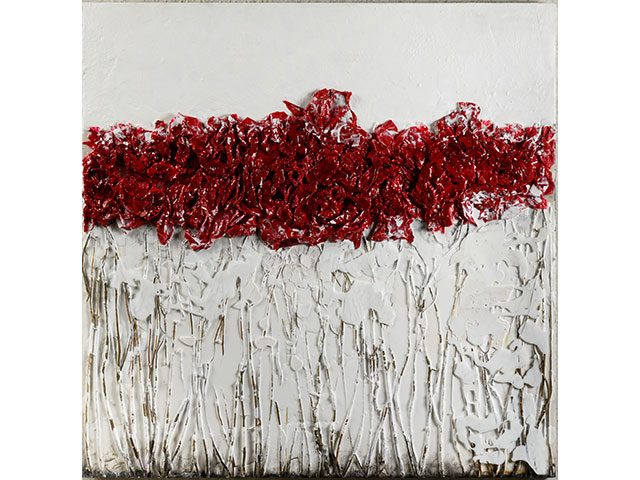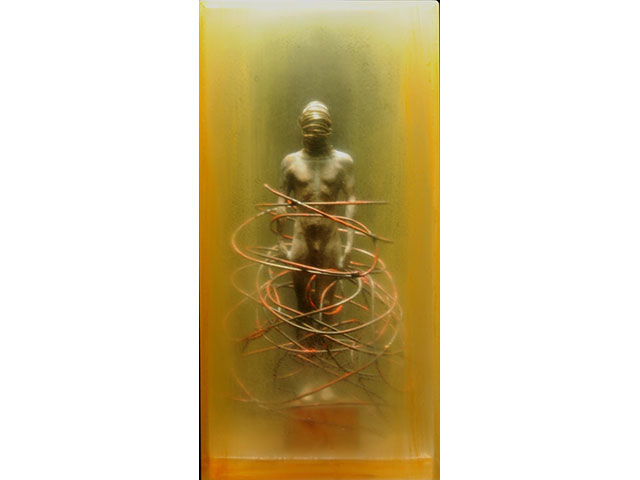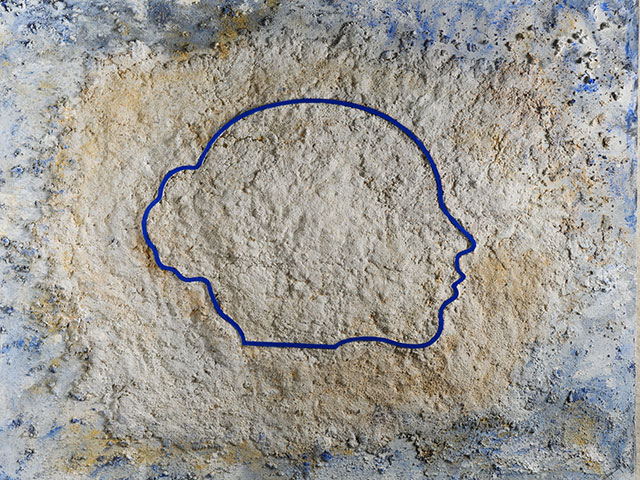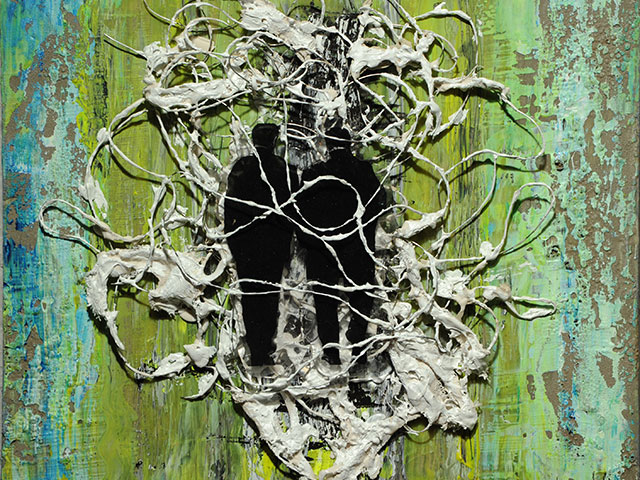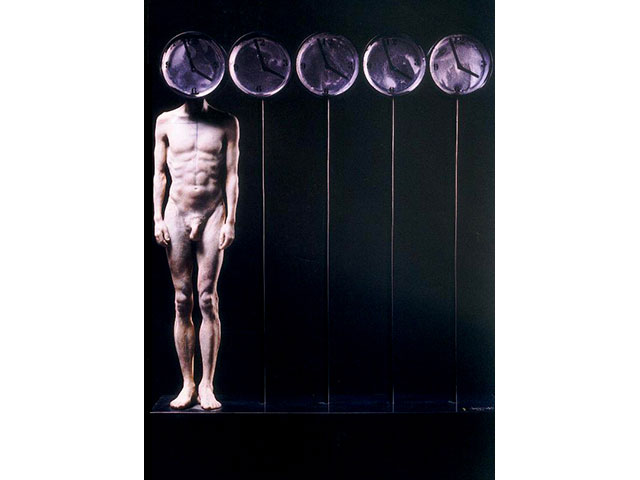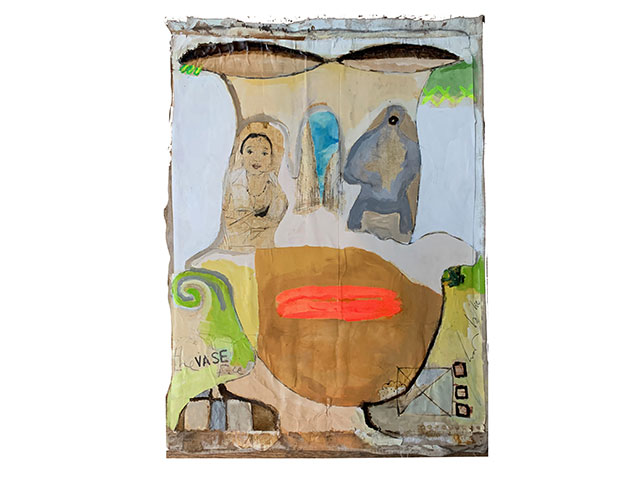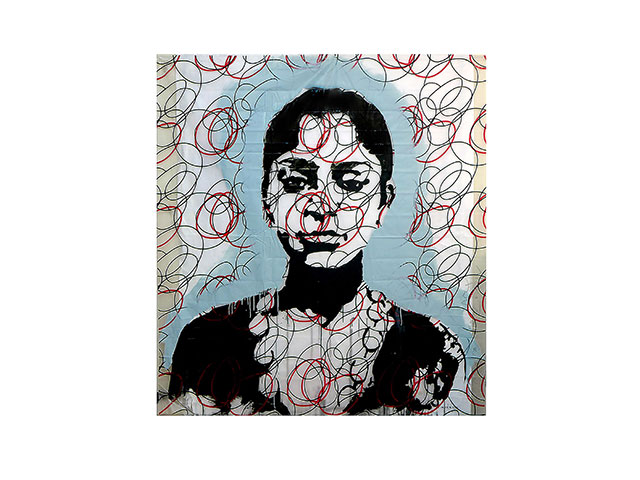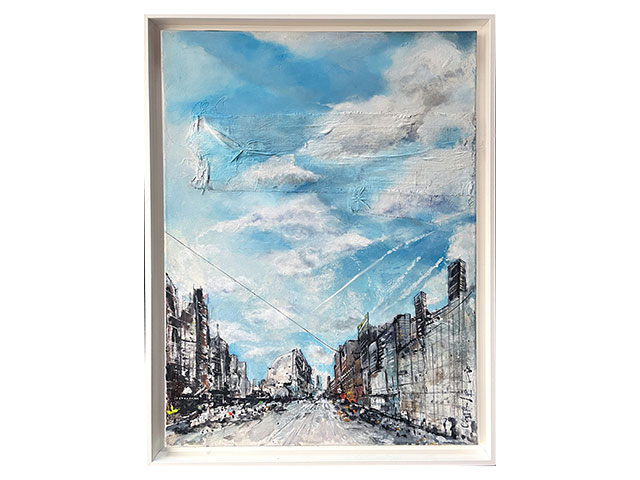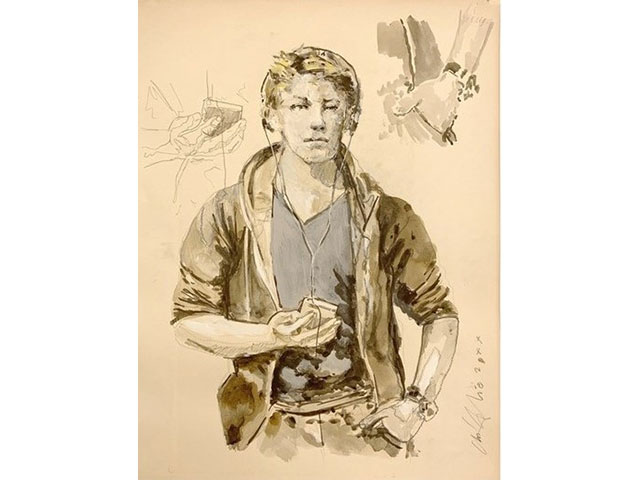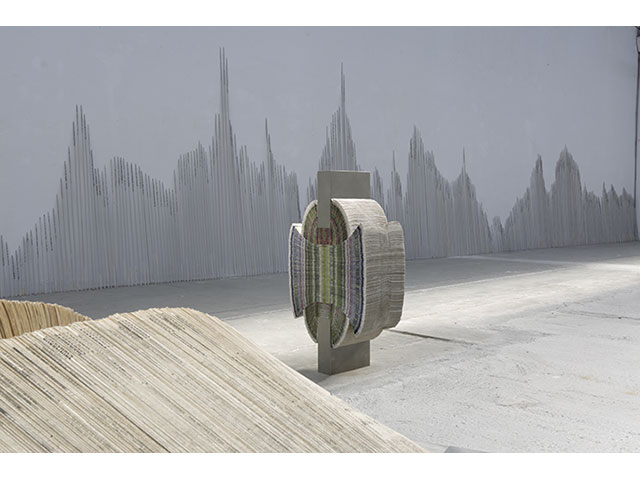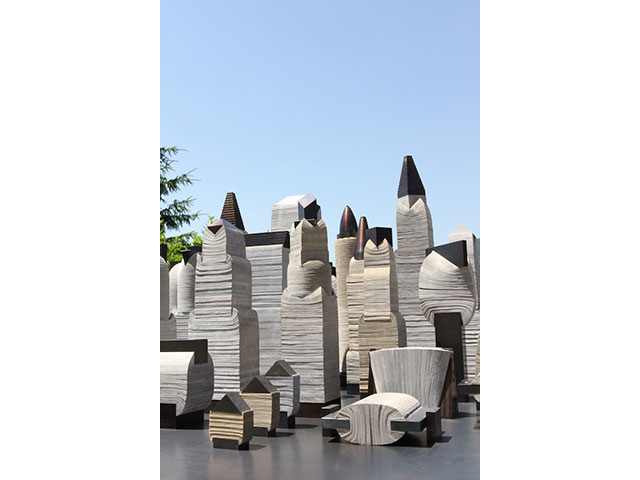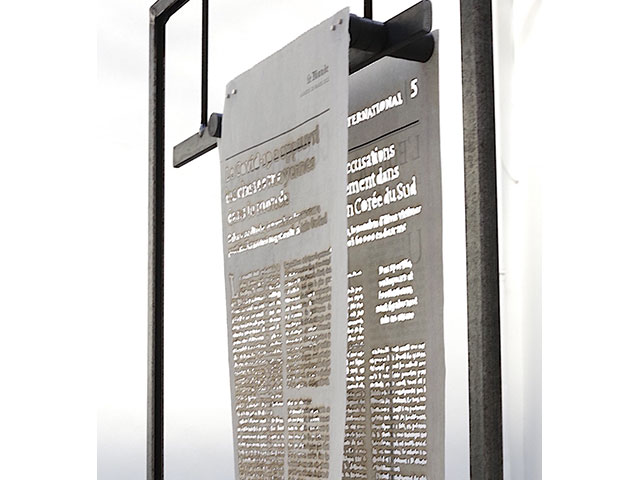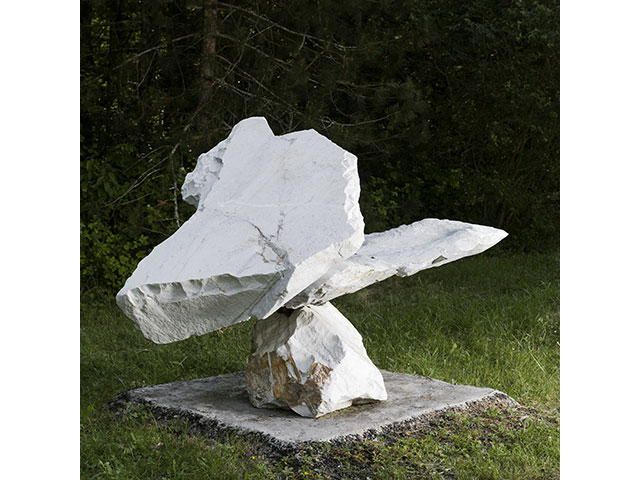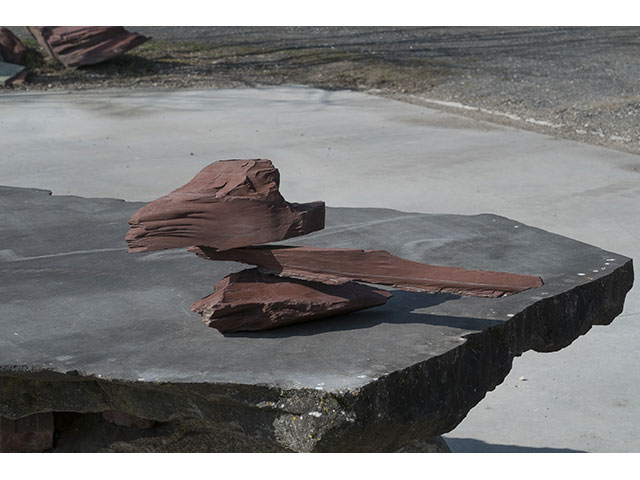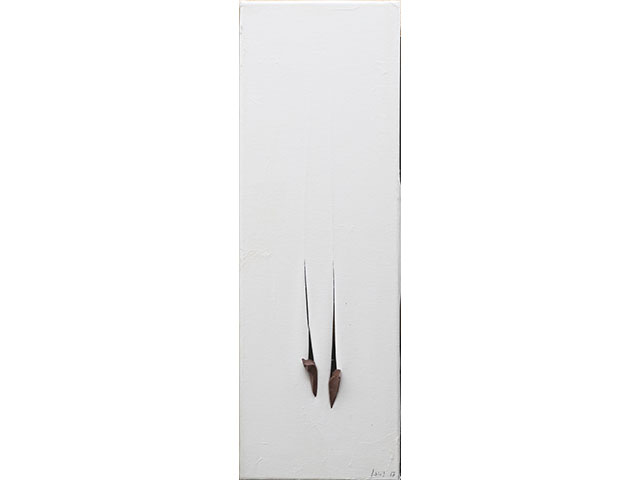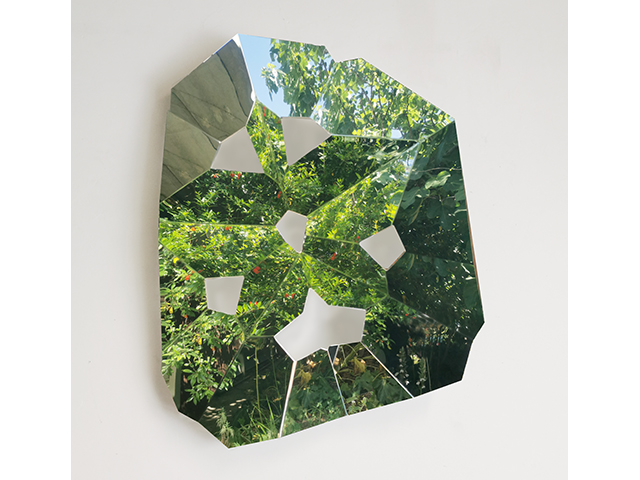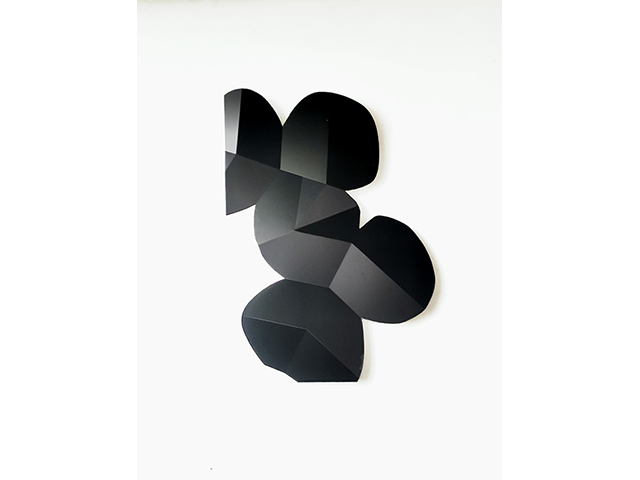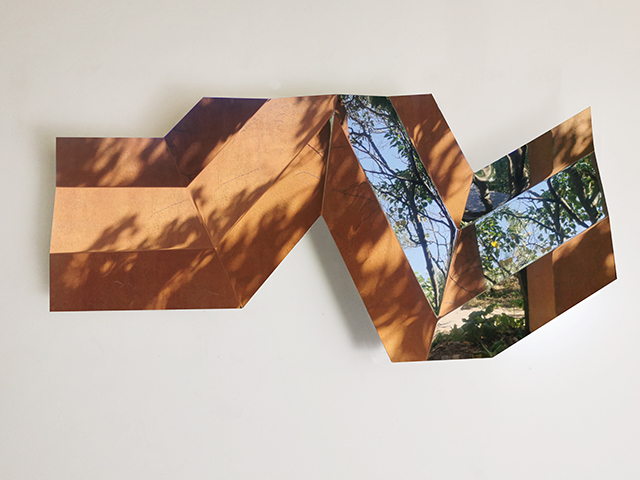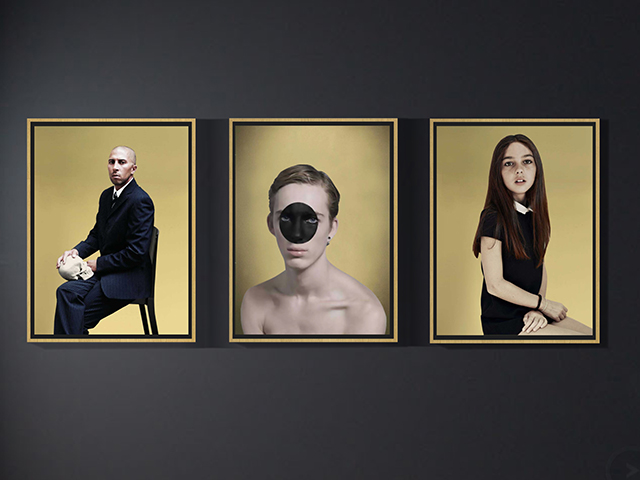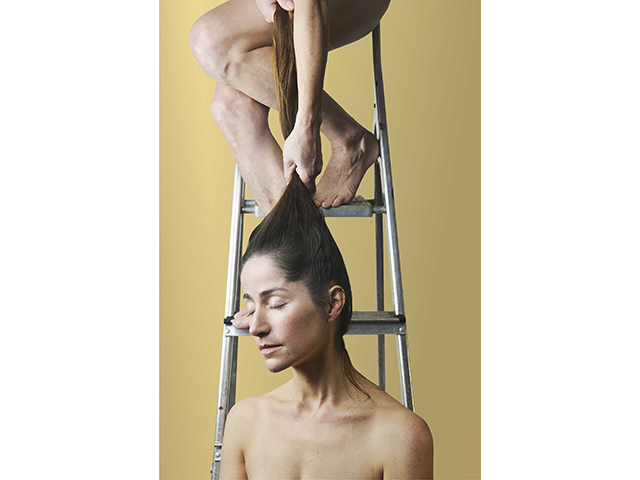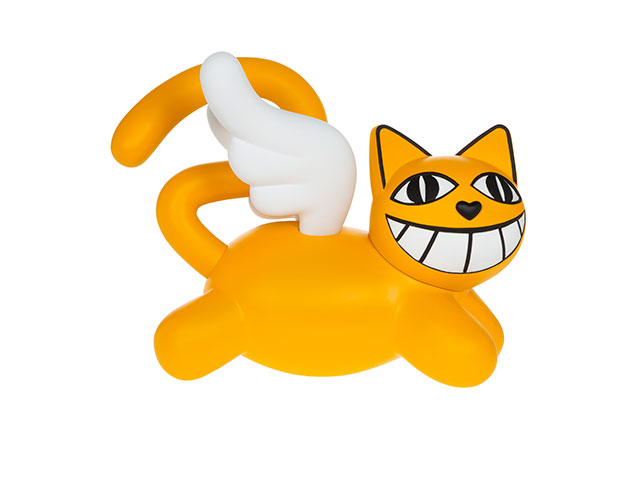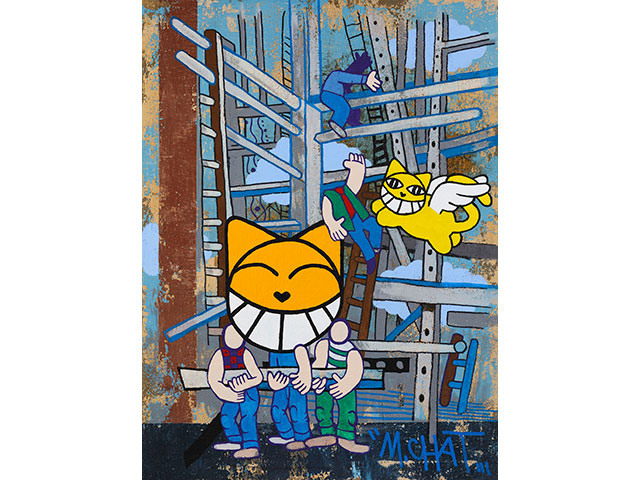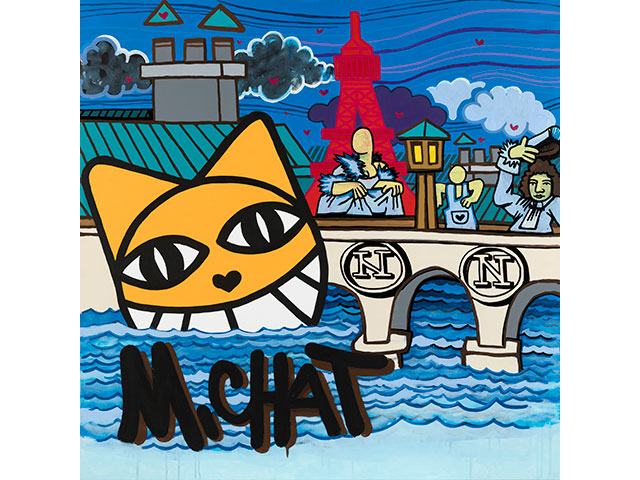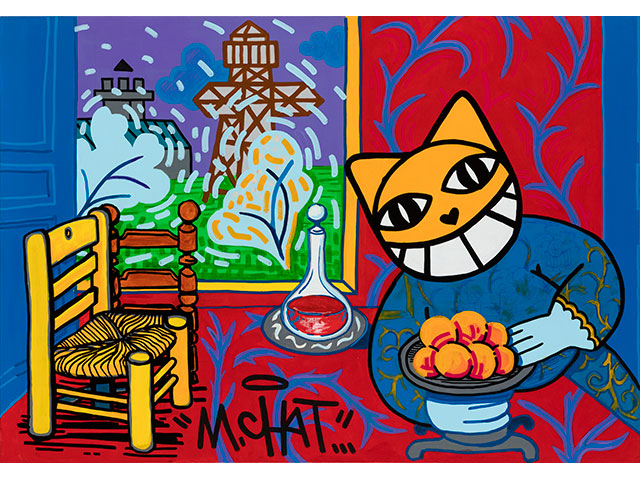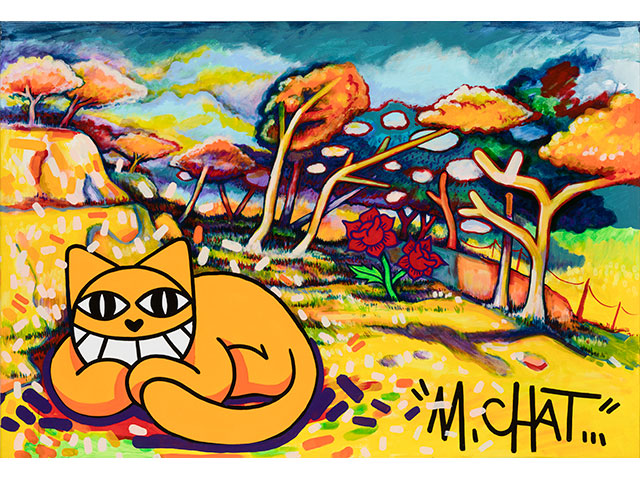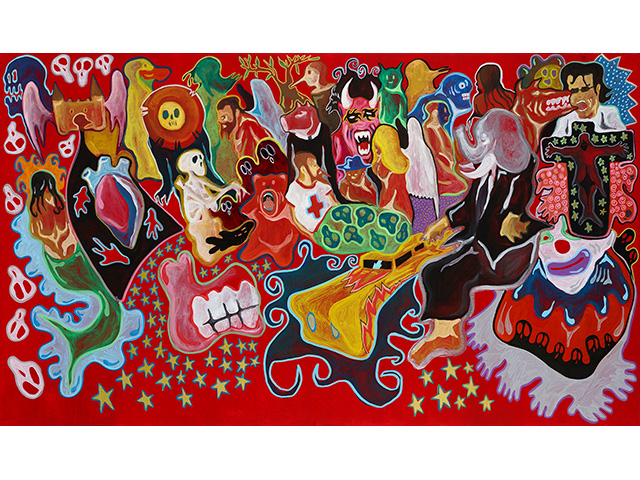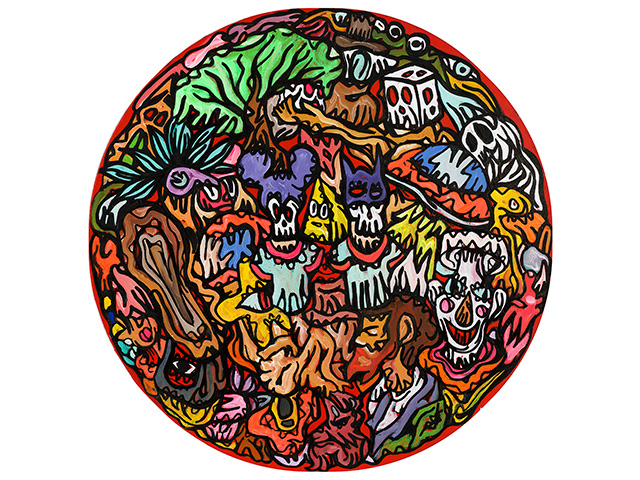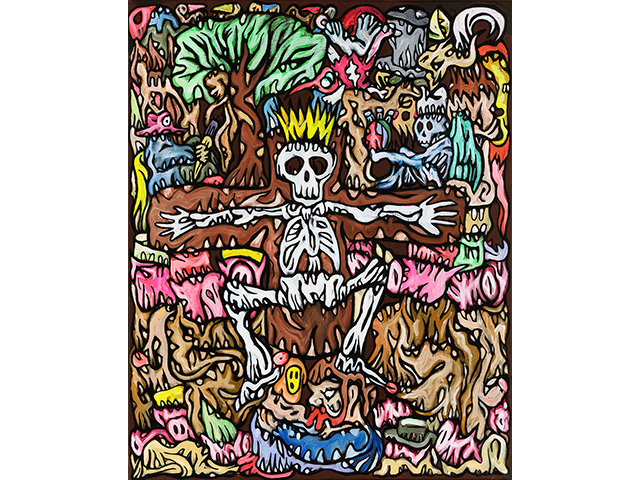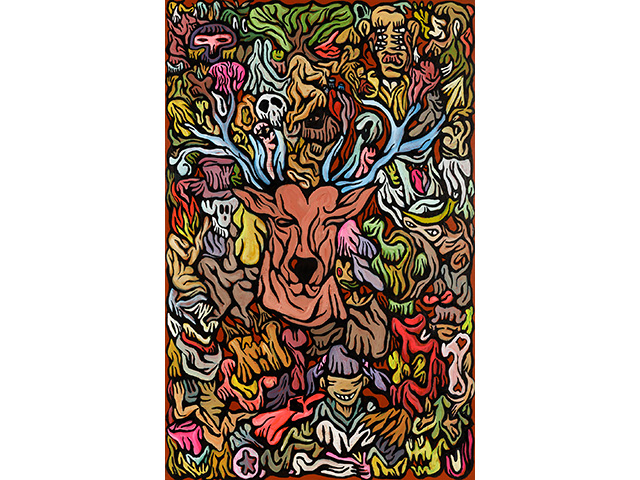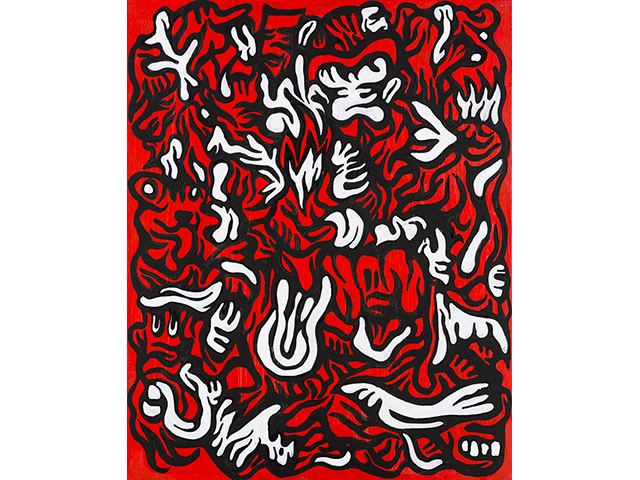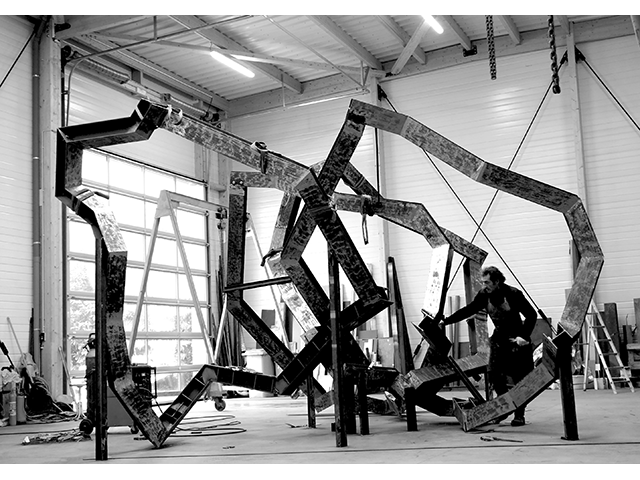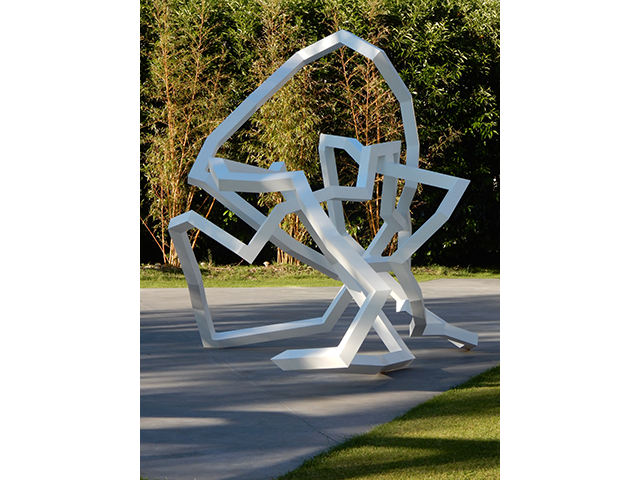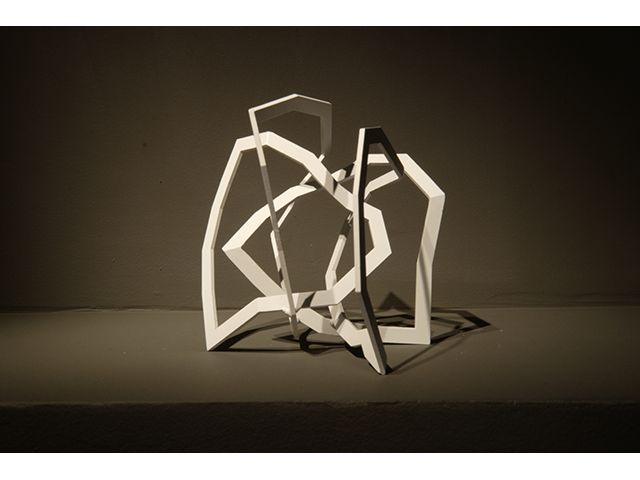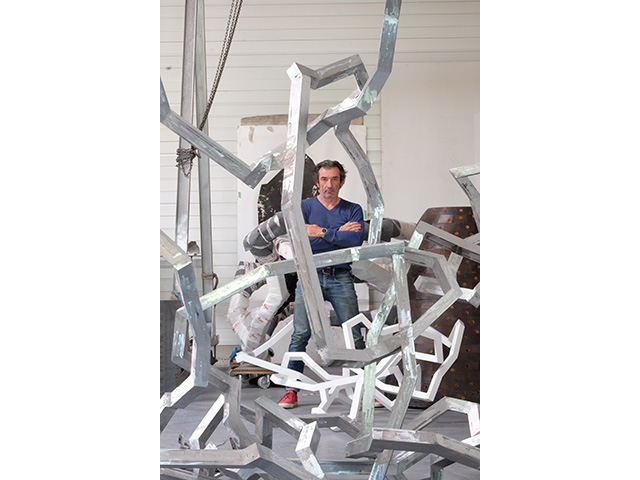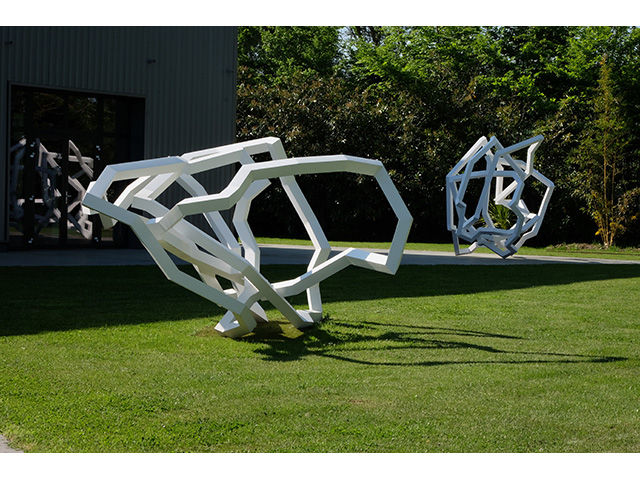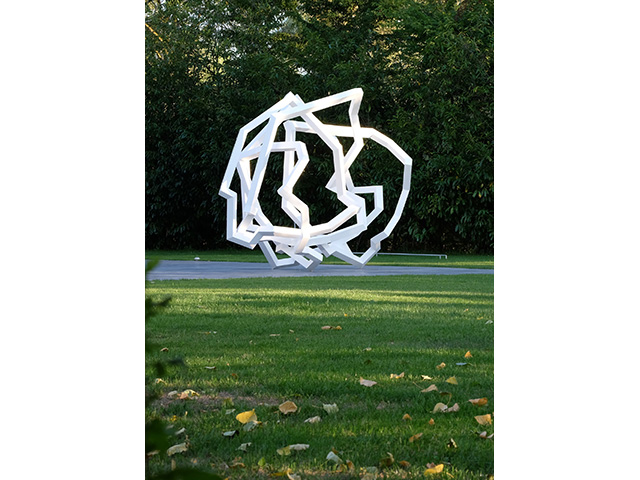Née à la croisée d’ancêtres catalans et italiens, Elia Pagliarino partage son enfance avec les résidents handicapés de l’établissement où ses parents travaillent. C’est certainement à partir de cet environnement où l’irrationnel invite facilement à l’imaginaire, que s’est construit le socle de ses réflexions sur les apparences, les notions de normes et d’identité.
Et comme une évidence, après une première carrière professionnelle comme directrice artistique dans la publicité, puis scénographe, elle décide en 2014 de se consacrer entièrement à son activité artistique de recherche.
Avant tout peintre et dessinatrice, sa formation singulière la libère des sujets, techniques et supports conventionnels pour expérimenter d’autres modes d’expression :
la recherche comme support (recherches historiques, ethnographiques et naturalistes), les matériaux comme transmetteurs sensibles (la terre et le bois),
le détournement pour la légèreté et le pas de côté.
En 2015, face à l’extinction accélérée de nombreuses espèces, elle entreprend l’élaboration d’une collection anthropologique utopique : les Espèces en Cours d’Apparition.
En 2016, elle commence à compiler des chroniques de vies du monde entier. Comment transmettre alors la variété et la richesse de toutes ces aventures humaines ?
Elia imaginera un ventre d’argile, une sorte de bouteille à la mer qui conservera sur un rouleau de papier l’histoire de ces femmes et hommes pour la plupart inconnus.
On recense aujourd’hui plus de 160 Balises, ces sculptures en céramique témoins et passeurs d’histoires.
Après quelques années, Elia Pagliarino revient à La Mouche pour vous faire découvrir de nouvelles Terres imaginaires.
1er prix de céramique Pure Art Prize, Battle, Angleterre
1er prix de DESSIN ASKATASUNARTE, Art & liberté autour du Camp de Gurs
1er prix de DESSIN FONDATION PEUGEOT « Notre Pensée créé le Monde »
On peut également retrouver les oeuvres d’Elia Pagliarino actuellement au Muséum d’Histoire Naturelle de Perpignan (jusqu’au 31 décembre 2024).
Exposition monographique au Muséum d’Histoire Naturelle de Toulouse, 2018
Exposition monographique au Musée d’Art Contemporain de Cordes sur Ciel, 2021
Expositions monographiques & expositions permanentes à Paris, IIe de Ré, Honfleur, Bordeaux et Avignon.
Collections privées France et étranger.




